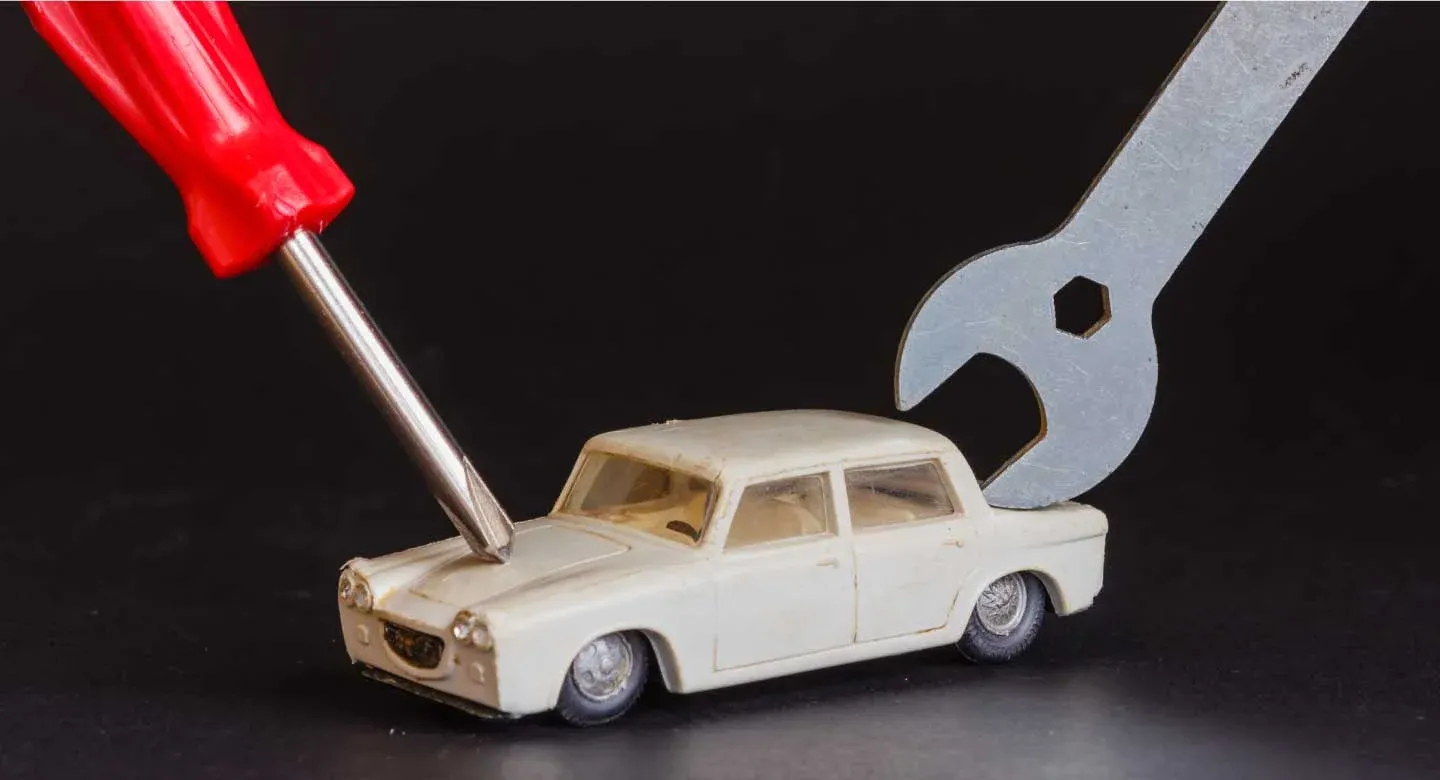Ensure smooth, safe stops! Learn the basics of car disc brakes and pads to maintain optimal stopping power. Understand for the confident driving.
Car brakes discs and pads — Everything you must know
Your car’s brakes are the key to staying safe on the road, and at the centre of this system are two critical components: brake discs and pads. These parts work together to create the friction needed to slow down or stop your car, but how much do you really know about them?
Brake discs, attached to the wheels, and brake pads, which press against the discs, form the backbone of your braking system. They’re engineered to handle high levels of heat and pressure, yet they wear down over time. Knowing how these components work and when they need attention can save you from unexpected repairs—and ensure you’re always in control behind the wheel.
What are brake discs and pads, and why are they important?
Imagine you’re cruising down a scenic road when a squirrel darts across. You slam the brakes, and your car halts in a flash. That life-saving moment is thanks to the dynamic duo—discs and pads. These components work together to slow your car down or bring it to a complete stop.
Brake discs, or rotors, are metal discs attached to your car’s wheels.
Brake pads are friction materials that press against the discs when you hit the brake pedal.
When these two interact, they create the friction needed to stop your car. Without discs and pads, your car wouldn’t be able to stop effectively. Simple, yet essential, isn’t it?
How do brake discs and pads work?
Think of your brake system as a well-choreographed dance. When you press the brake pedal, hydraulic fluid transfers the force to the calipers, which then push the brake pads against the spinning brake discs. This contact generates friction, converting kinetic energy into heat, and—voilà!—your car slows down.
The magic lies in the materials:
Discs are usually made from cast iron or carbon composites, designed to withstand high temperatures.
Pads are crafted from materials like ceramic or metallic compounds, engineered for durability and performance.
This precise engineering ensures that your car stops smoothly every time you need it to.
Signs your discs and pads might need attention
Now that you’re a budding brake enthusiast, let’s talk maintenance. Your brakes take a beating every day, and over time, even the best discs and pads wear out. Here are some tell-tale signs it’s time to visit your mechanic:
Squealing or grinding sounds
If your brakes make noises that could rival a haunted house, your pads may have worn down to the metal.
Vibrations when braking
Feeling a wobble in the steering wheel when you brake? That could mean your brake discs are warped.
Longer stopping distances
If your car takes longer to stop, your pads or discs might be losing their effectiveness.
Visible wear
A quick visual check through the wheel spokes can reveal worn pads or scored discs.
Ignoring these signs could compromise your car’s safety. Stay ahead of the game and replace worn parts promptly.
How often should you replace discs and pads?
Unfortunately, there’s no one-size-fits-all answer. The lifespan of your brake components depends on factors like driving habits, terrain, and the materials used.
Brake pads generally last between 25,000 and 60,000 miles. City driving with frequent stops wears them out faster.
Brake discs can last longer, up to 70,000 miles, but they’ll wear faster if paired with low-quality pads or subjected to aggressive driving.
Pro tip: Always replace pads and discs in pairs (front or rear) to maintain balanced braking performance.
Choosing the right discs and pads for your car
When it’s time for a replacement, the variety of options can be overwhelming. Here’s a quick breakdown to help you decide:
1. Standard discs and pads
These are perfect for everyday driving. They’re reliable, cost-effective, and designed for general use.
2. Performance options
If you drive a high-performance car or frequently tow heavy loads, consider upgraded discs and pads. These are built to handle higher temperatures and offer superior stopping power.
3. Ceramic pads
Want quiet brakes with less dust? Ceramic pads are your best bet, though they can be pricier.
4. Drilled or slotted discs
These are great for spirited driving, offering better heat dissipation and performance. However, they might not be necessary for the average driver.
Remember, it’s always best to stick to the manufacturer’s recommendations for your car.
Tips for keeping your brakes in tip-top shape
Brake care doesn’t need to be complicated. Follow these simple tips to ensure your discs and pads stay in great condition:
Avoid hard braking: Aggressive braking generates excessive heat, leading to faster wear.
Lighten the load: Carrying unnecessary weight increases stress on your brakes.
Flush the brake fluid regularly: Old, contaminated fluid reduces braking efficiency.
Check for unusual noises: Early detection can save you from expensive repairs.
With regular maintenance, your brakes will reward you with smooth, safe stops for miles to come.
What is the cost of ignoring brake maintenance?
Neglecting your discs and pads can lead to costly consequences. Worn brake pads can damage the discs, and ignoring warped discs can compromise your entire braking system. Not to mention, driving with faulty brakes puts you and others at serious risk.
Replacing brake pads is far cheaper than replacing an entire brake system. So, be proactive—your wallet and your safety will thank you.
Conclusion
Understanding your car’s brakes doesn’t need to feel like rocket science. This guide to discs & pads equips you with the basics to keep your car’s braking system in excellent condition. Be it replacing worn parts or just brushing up on car maintenance, this knowledge will keep you ahead of the curve.

Get Quick Quote


